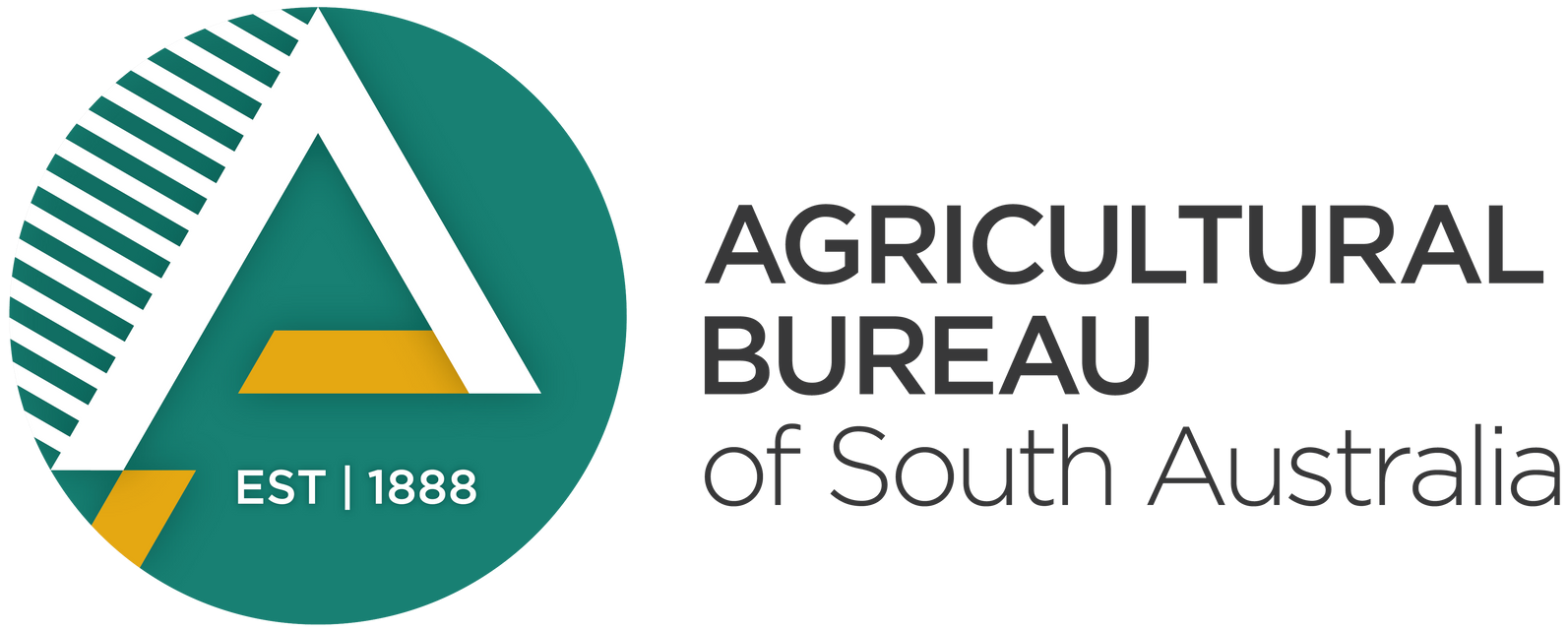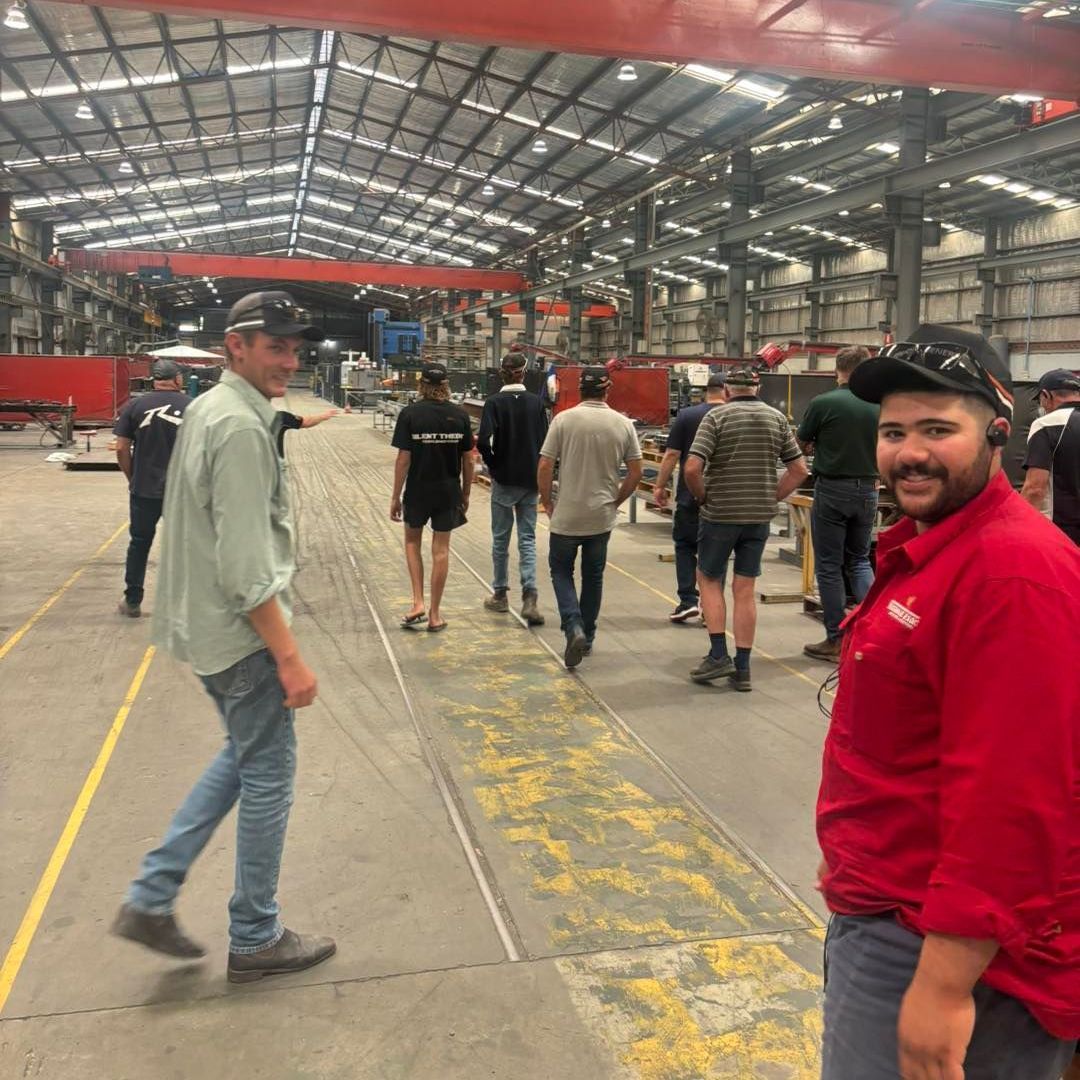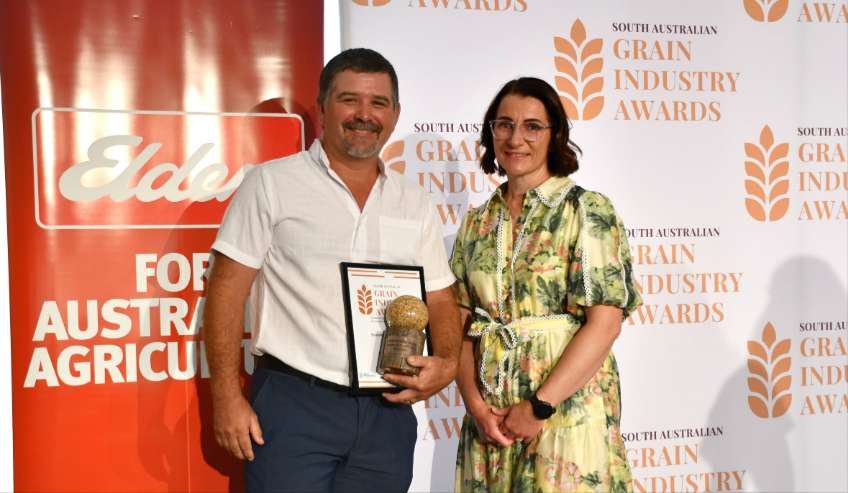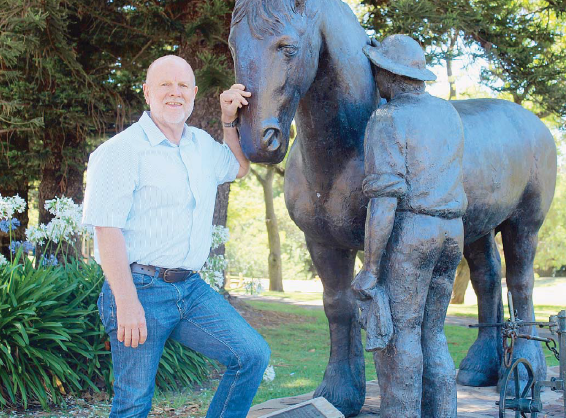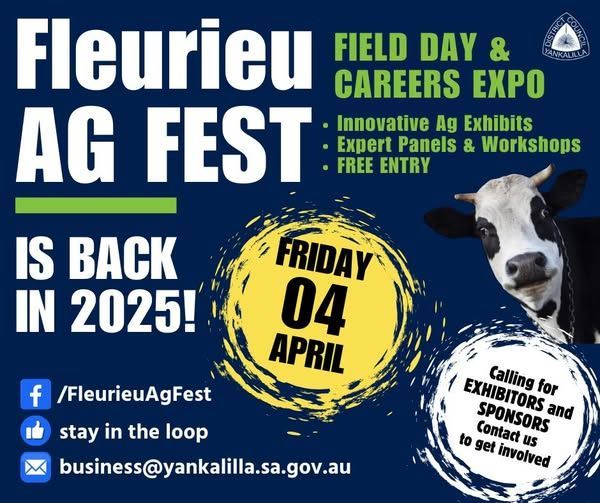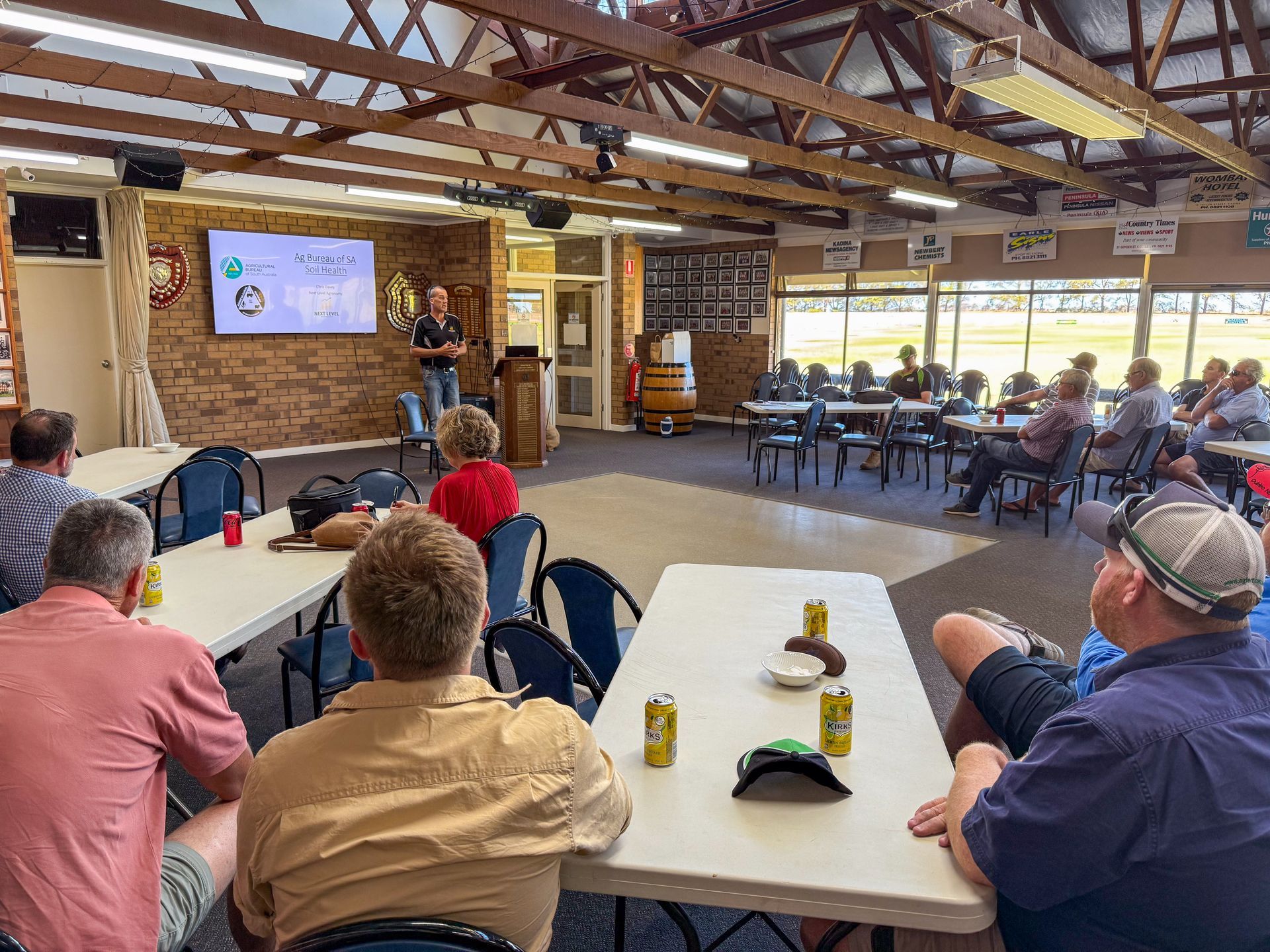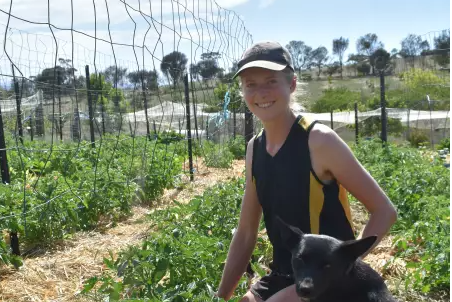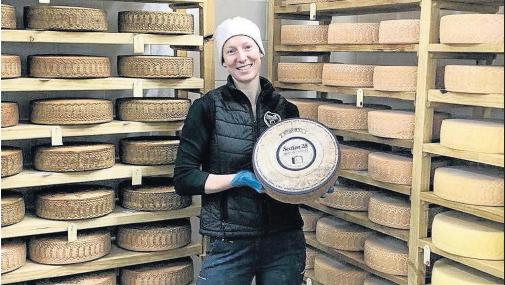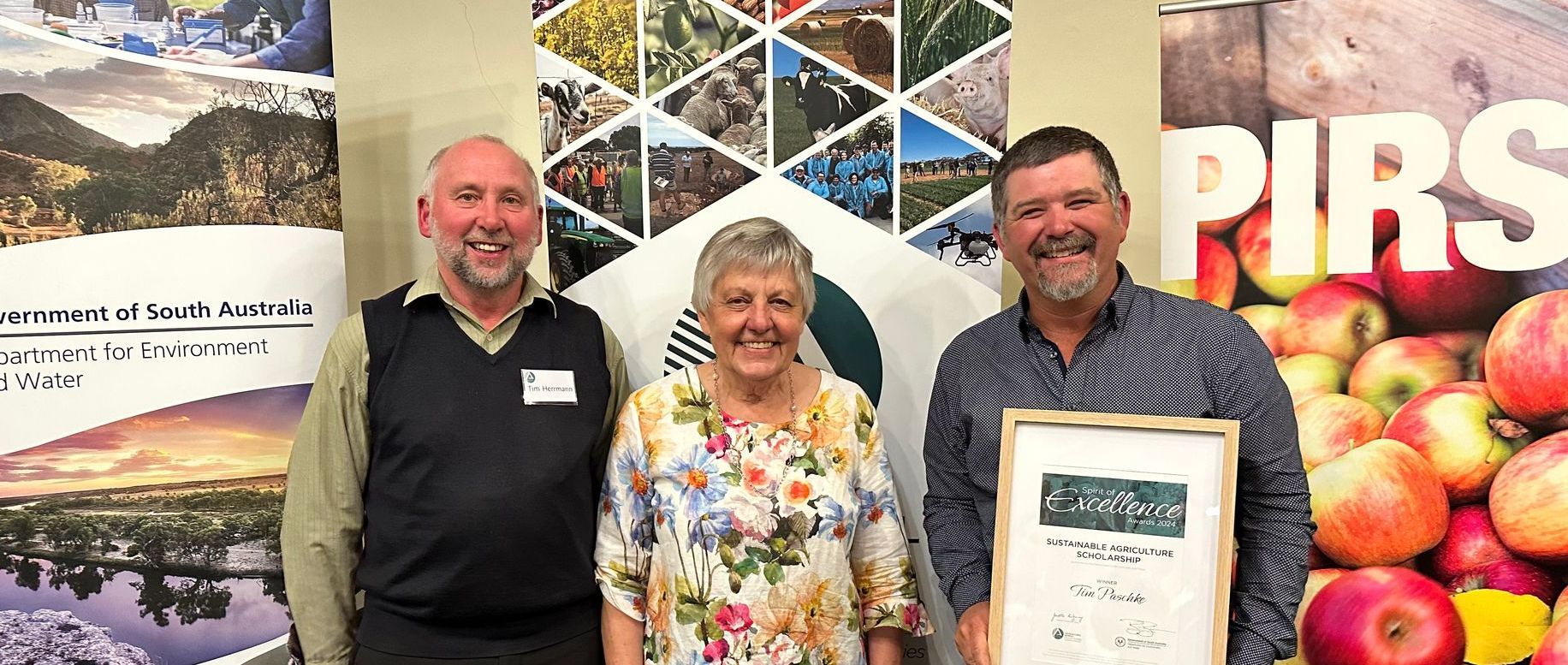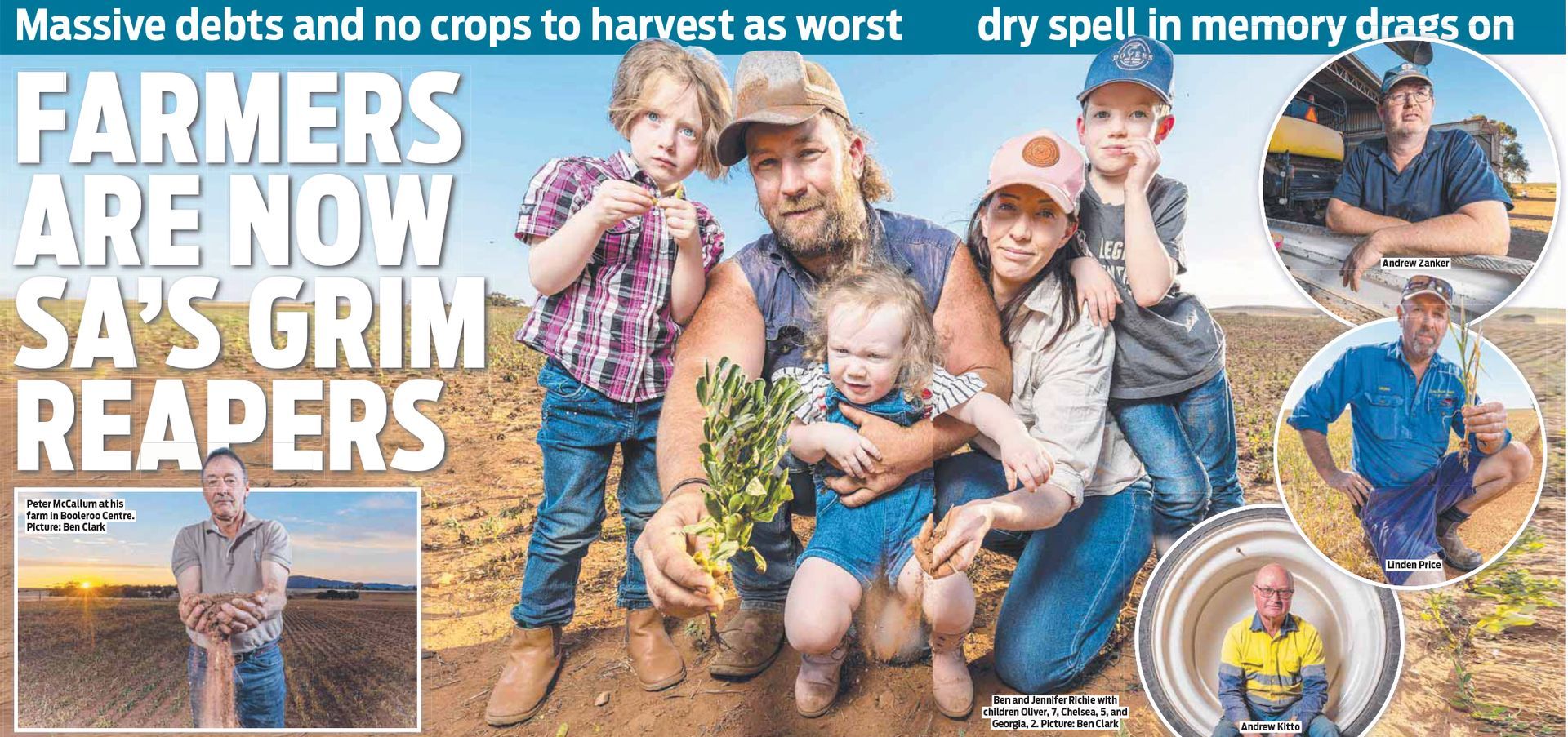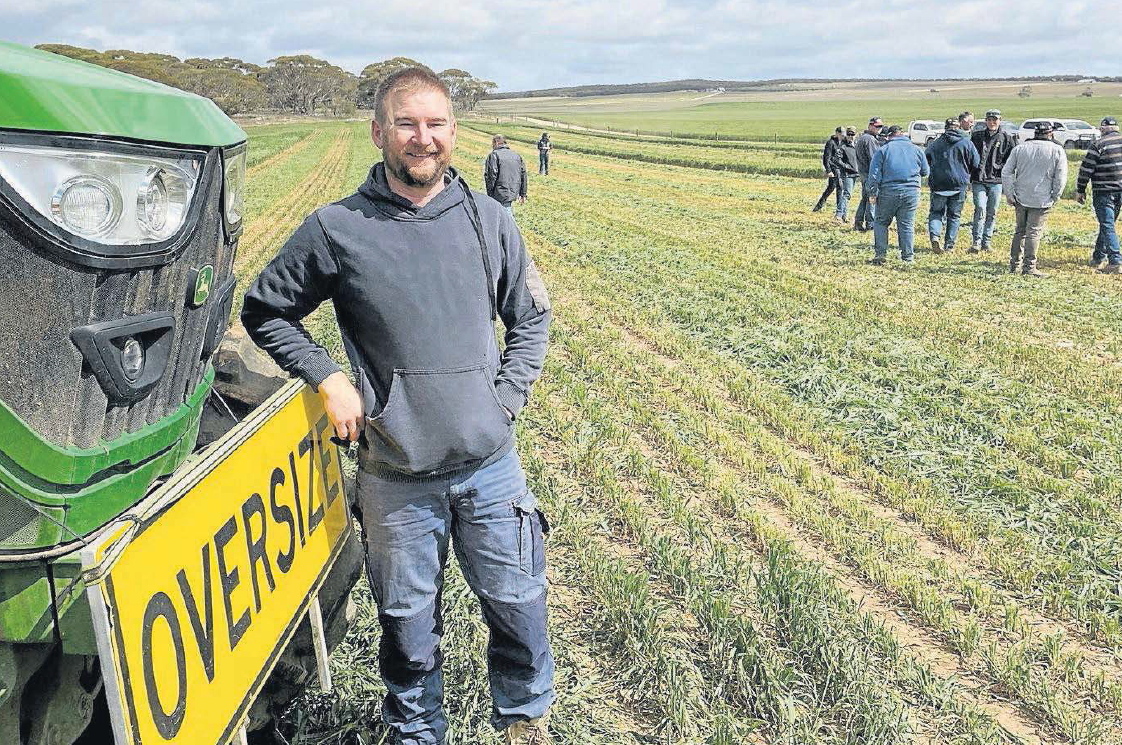Farmers Unite After Fire
As published in the Stock Journal by Alisha Fogden
November 21, 2024
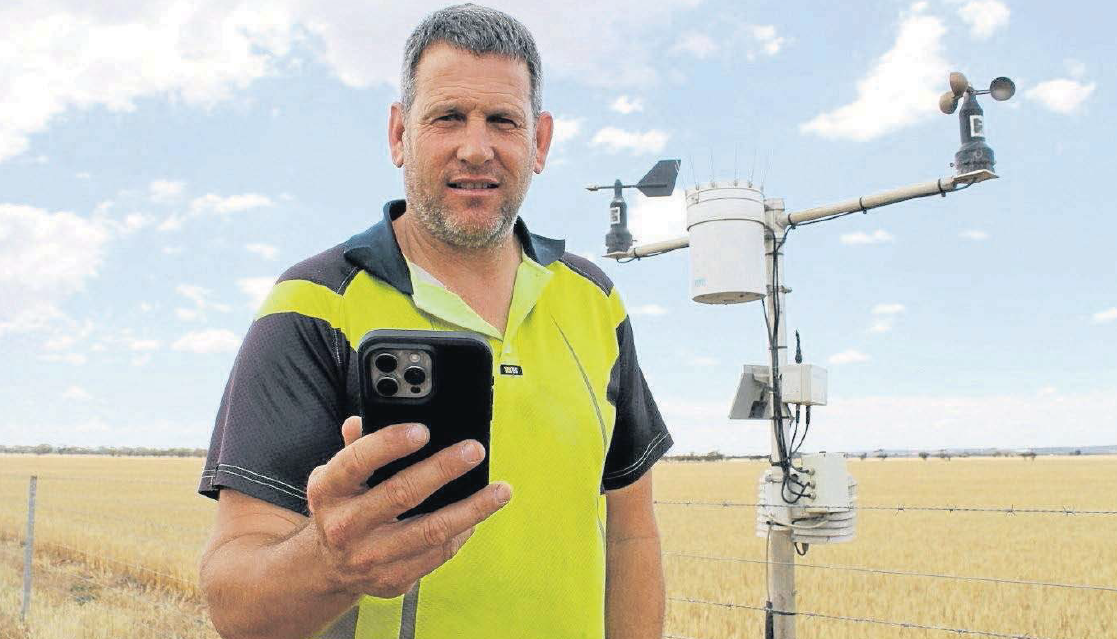
Monarto South farmer Barrie Gale with his on-farm weather station, which helps determine safe harvesting practices.
Photo: Alisha Fogden
With croppers being urged 'Don't Be a Bright Spark' this time of year, one Murraylands group of farmers is showing what banding together can do in preventing devastating fires during harvest.
Monarto South farmer Barrie Gale said the group effort came about after the simultaneous Pinery and Lameroo fires in late 2015.
"We only had two trucks left in Swanport CFS group that afternoon (which is normally a massive group) because half had gone to Pinery and the other half to Lameroo," he said.
"Yet we still had a farmers out reaping on the day those fires began - farmers that maybe didn't understand the risk.
"We didn't think that was acceptable behaviour so in the aftermath of those fires, we realised we needed to come up with a better system than what we had."
In 2017 a harvest group was formed through the Monarto Ag Bureau to prompt members to cease harvesting on risky days,
using information from a BOM weather station at Pallamana.
Unfortunately the Pallamana weather station wasn't accurate enough for the whole district, which prompted them to contact Leighton Wilksch at AgByte, who had been installing weather stations across the state.
"These weather stations update every 15 minutes, and take a reading at two metres," Mr Gale said.
Using a SAFECOM grant, the group had three weather stations installed at Monarto South, Tepko and Brinkley.
"These were also central to the area being serviced by the group, and farmers then chose which station they wanted to be connected to and get alerts from, which also included the Pallamana station," Mr Gale said.
Today, the group has 119 members, which includes a number of CFS leaders and captains, but is mainly made up of local farmers.
"We have two group officers that monitor the overall group," Mr Gale said.
"Then each weather station has either a CFS member or farmer monitoring their local area as well.
"But I am the one to send the messages out, so members aren't bombarded with a heap of messages."
As the 'harvest alert coordinator', Mr Gale uses an app through Agbyte, which has all the local weather stations connected.
But he only monitors the original three private weather stations for his alerts, while farmers can then monitor the station
closest to them once an alert has been sent out.
The app provides a number of readings, such as temperature, rainfall, humidity, wind, dew and Delta T, but the most important is the Fire Danger Index, which is calculated using all the readings.
"This takes the responsibility off the farmer and helps to avoid any confusion," Mr Gale said.
"On a 'risky' day, I'll monitor the weather station every 15 minutes. Once the index hits the 33/34 threshold, I send out an initial warning for farmers to start monitoring weather conditions.
"But the moment it goes over 35, I send a follow-up message prompting farmers to adhere to the harvesting code of practice."
Mr Gale is hopeful the network of resources will prevent anything like the Pinery fires, or the Pallamana fires of 2013.
"While those fires weren't started by harvest operations, it was the catalyst for a change of thinking - to make sure that we were following the harvest code practice and keeping the area safe for ourselves, our neighbors and everyone in the district,"
he said.
Mr Gale said the threat of the government changing harvesting rules was another catalyst for change and that farmer take-up had been "exceptional".
"Some farmers even have their own thresholds and stop before they even get the message from us - they know it's not worth the risk," he said.
Mr Gale said modern technology, particularly climate-controlled headers and chaser bins, had also driven the need for change.
"Some farmers may have hours before they even open the door of their air-conditioned cab, they don't really know what's happening outside," he said.
Mr Gale said in any given year, a farmer may lose 20-30 hours of harvesting time due to the fire risk.
"We have found it has made more people consider harvesting at night, when the conditions are much safer," he said.
